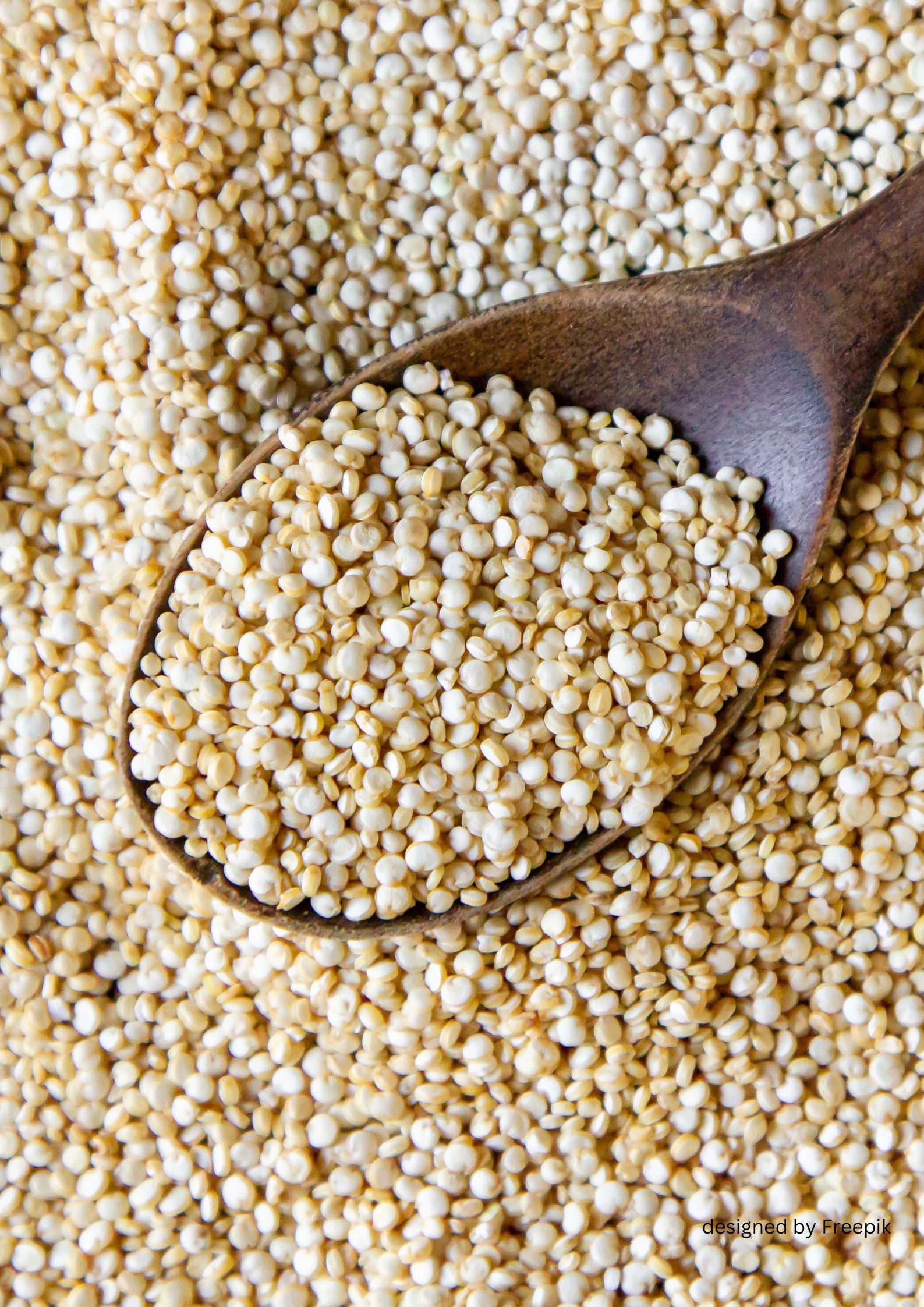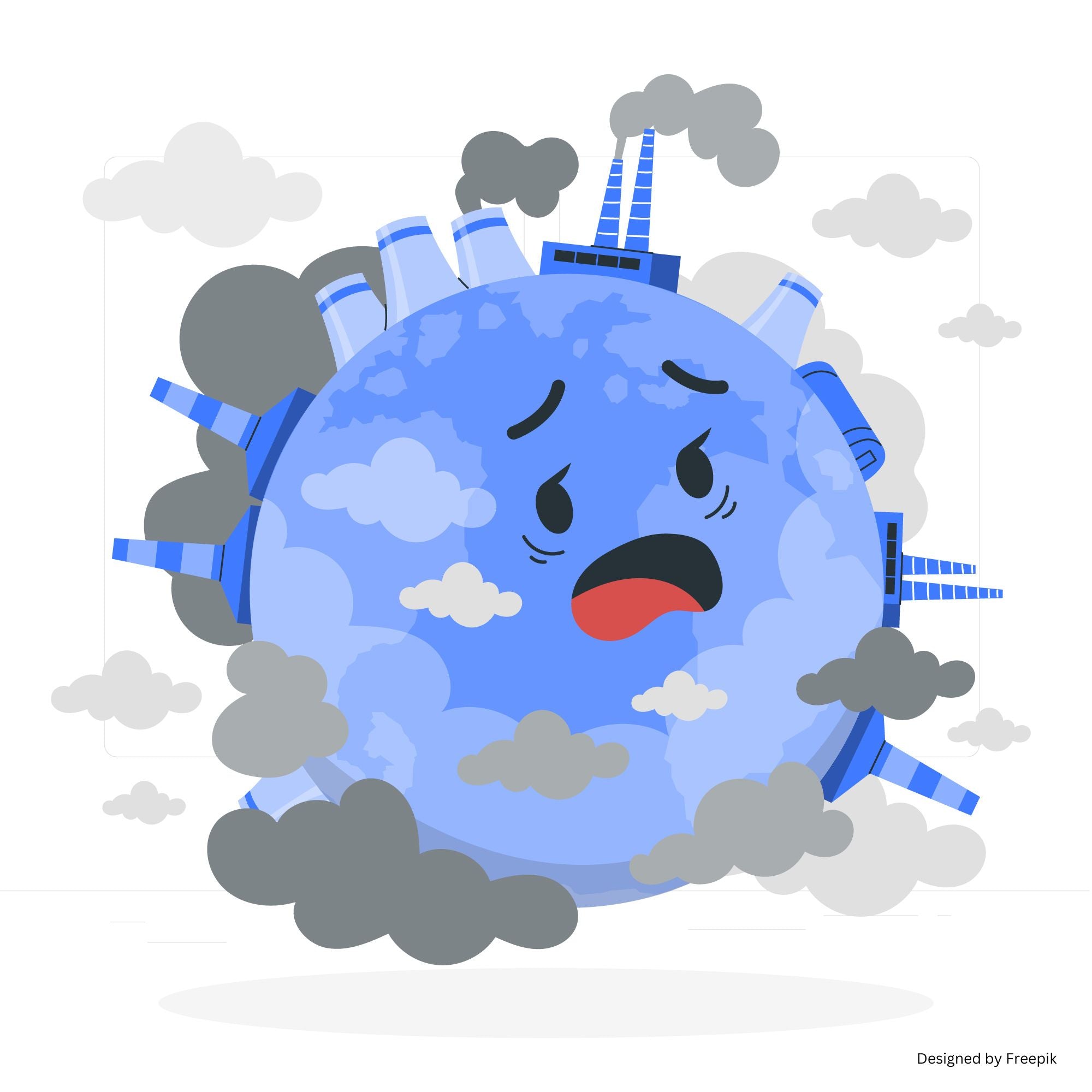Understanding the Impact of Your Food Choices
We needn’t know everything about what’s on our plate, but every meal we eat is an opportunity to shape a healthier version of ourselves—and the planet.
But really, how does the meal we consume impact the planet?
To produce any food item we consume it takes a lot of resources and generates a lot of waste in various forms. The cost we pay explicitly—say, for one chocolate bar or a tomato—doesn’t include these hidden costs. It doesn’t factor in the water consumed, especially when water scarcity is becoming a global challenge, or the carbon dioxide emissions contributing to global warming.
Is Food Production a Major Environmental Culprit?
Yes! Not only are these impacts significant, but they could also affect food diversity in the future if not addressed. For instance, wheat and cacao may not survive increasing weather extremities, according to some reports.
- Greenhouse Gas Emissions: Food production contributes 25% of global greenhouse gas (GHG) emissions, making it one of the leading drivers of climate change.
- Water Consumption: Agriculture accounts for 70% of global freshwater withdrawals, leading to severe groundwater depletion and reduced river flows.
- Overfishing and Marine Ecosystem Decline: More than 3 billion people rely on seafood as a primary protein source. However, 37.7% of marine fish stocks are overfished, threatening ecosystem balance and long-term food security.
- Land Use for Livestock: 82% of all agricultural land is used either for livestock grazing or to grow animal feed, contributing to deforestation and habitat loss.
- Declining Crop Diversity: Despite thousands of edible plant species, 86% of the world’s calorie intake comes from just 17 crops, making global agriculture vulnerable to pests, diseases, and climate change.
- Food Waste: 30–40% of all food produced is wasted, consuming land and water resources while contributing to 4–6% of global GHG emissions.
Tracing the Roots of the Problem
The heavy reliance on meat, dairy, and processed foods in some nations has accelerated resource depletion and carbon emissions. A research paper by WWF states that if the entire world adopted the food consumption patterns of high-income nations, global food demand would require up to seven Earths by 2050.
The H₂O and CO₂ Footprint of Common Foods
- Beef
- Water footprint: 15,000–16,000 liters per kg (equivalent to flushing a toilet 2,500 times).
- Carbon footprint: 60 kg CO₂e per kg (comparable to driving 200–300 km).
- Dairy
- Water footprint: 500–1,000 liters per liter of milk, rising to 5,000 liters per kg for butter and cheese.
- Carbon footprint: 2–3 kg CO₂e per liter of milk, increasing sevenfold for cheese.
- Chicken
- Water footprint: 5,000 liters per kg.
- Carbon footprint: 5–6 kg CO₂e per kg.
- Rice
- Water footprint: 2,500 liters per kg, though SRI (System of Rice Intensification) methods can reduce water use by 35–45%.
- Carbon footprint: 3 kg CO₂e per kg (due to methane emissions from flooded rice paddies).
- Dark Chocolate
- Water footprint: 500 liters per kg.
- Carbon footprint: 41 kg CO₂e per kg.
- Additional concerns: Recent reports highlight lead and cadmium contamination in some chocolate brands.
- Pulses (Lentils, Chickpeas, Beans)
- Water footprint: 1,000–2,000 liters per kg.
- Carbon footprint: Less than 1 kg CO₂e per kg.
- Benefit: Pulses fix nitrogen in the soil, reducing the need for synthetic fertilizers.
- Wheat
- Water footprint: Under 2,000 liters per kg.
- Carbon footprint: Less than 1 kg CO₂e per kg.
- Challenge: Rising global temperatures threaten wheat yields.
How Can We Reduce Food’s Environmental Impact?
Tackling the environmental impact of food requires a combination of individual choices and systemic changes.
1. Shifting Diets for Sustainability
- Reducing meat consumption and adopting more plant-based diets. Even swapping one meat-based meal per week for plant-based options can save thousands of liters of water. A plant-rich diet can reduce annual carbon emissions by 0.7–2 tonnes CO₂e per person.
- Opt for seasonal, local foods to support regional farmers and cut transportation-related carbon footprints. This can cut emissions by 0.4–0.5 tonnes CO₂e per person annually.
- Diversify your diet by including climate-friendly crops like millets, pulses, and legumes. Did you know that pearl millet can grow with just 353 liters of water per kilogram? Additionally, its short growing season of 60–120 days supports food availability in various ways.
2. Reducing Food Waste
- Cutting food waste at production, distribution, and consumer levels can lower annual carbon emissions by 0.3–0.4 tonnes CO₂e per person.
- Reducing food waste can conserve 200 liters of water per person daily.
- Compost food scraps to reduce landfill waste and enrich soil health.
3. Learning from Success Stories
- Andhra Pradesh Community-Managed Natural Farming (APCNF): This initiative has helped 630,000 farmers double their crop diversity and increase their net income by 49% by switching to organic and sustainable practices.
- India’s National Millet Campaign: By promoting ancient grains like millets, India is advocating for a climate-resilient, nutritious alternative to water-intensive crops like rice and wheat.
The Future of Food
The global food system stands at a crossroads. By making conscious dietary choices, reducing waste, and supporting sustainable farming, we can collectively reduce our environmental footprint.
The future of food is not just about what we eat—it’s about how we produce, consume, and value it. It’s time to rethink what’s on our plates—for our health, for our planet, and for future generations.













1 comment
Insightful article explaining the nature of problem quantitatively. Also thank you for suggesting solutions. If possible, it would be great for individuals to know impact of opting for more sustainable food choices by comparing CO2 emissions from their other activities. For e.g. eliminating meat consumption and opting for pearl millets for 10 meals in a week is equivalent to not driving XX km by your car.